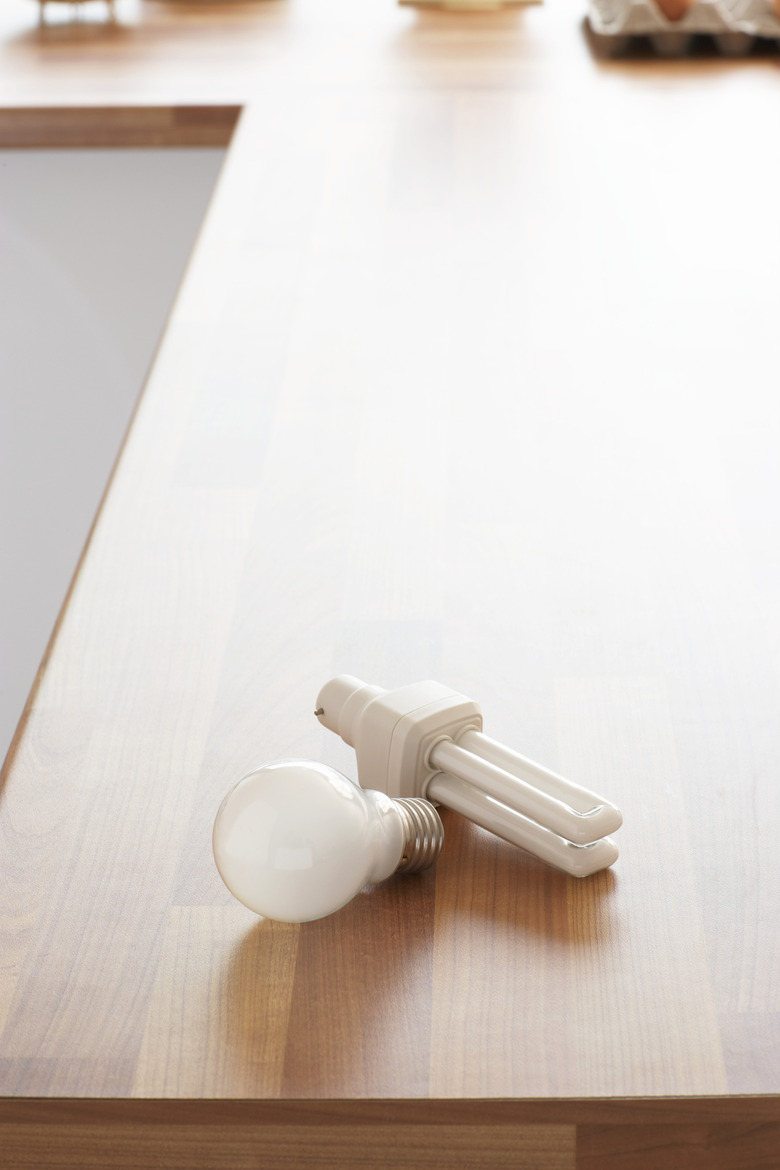How To Hide Laminate Seams
Things Needed
-
Acetone
-
Clean rags
-
Seam filler
-
2-inch polished flexible putty knife
-
Disposable plastic plate
Tip
Avoid working around the seams until they completely cure. Seam filler dries quickly, but can take up to a week to cure. This process can be used on laminate floors, cabinets or any laminated surface.
Warning
Never use a putty knife that is damaged, has dried material on it, or has lost its polished surface. A damaged or unpolished knife can scratch the countertop.
One place where you may see seams in a laminated surface is on countertops. Laminate countertops are constructed in 12-foot lengths. When you have a longer countertop, another section must be added, which creates a seam. Seams also occur in corners where two sections of countertop meet to create an L shape. Seams can't be eliminated, but they can be hidden with a seam filler that matches the laminated surface's color.
Step 1
Use the edge of your putty knife to scrape out the seams; brush away the debris when finished. Pour a small amount of acetone on a clean rag and wipe down each seam. Any food or dirt lodged in the seams will prevent the seam filler from properly adhering.
Step 2
Apply a small amount of seam filler on the plastic plate. Use your putty knife to mix the filler until the color is consistent. Scoop putty onto the edge of your putty knife and drag the knife across the seam. Repeat this step until the seam is filled. Seam filler will shrink as it dries so it may require more than one application to completely fill the seam.
Step 3
Scrape excess filler off the countertop with the putty knife. Hold the putty knife flat on the surface and scrape toward the seam. Do not scrape across the top of the seam or you may accidentally remove filler from the seam. Brush away the dried filler and dampen a clean rag with acetone. Use the rag to clean the area around the seams.
